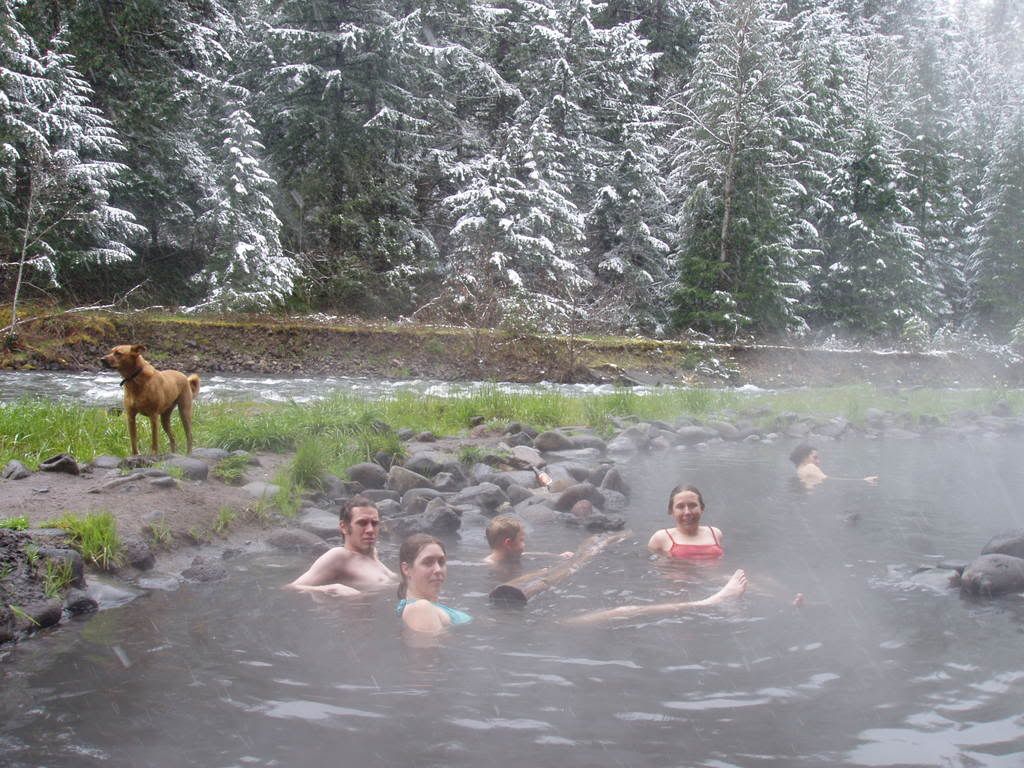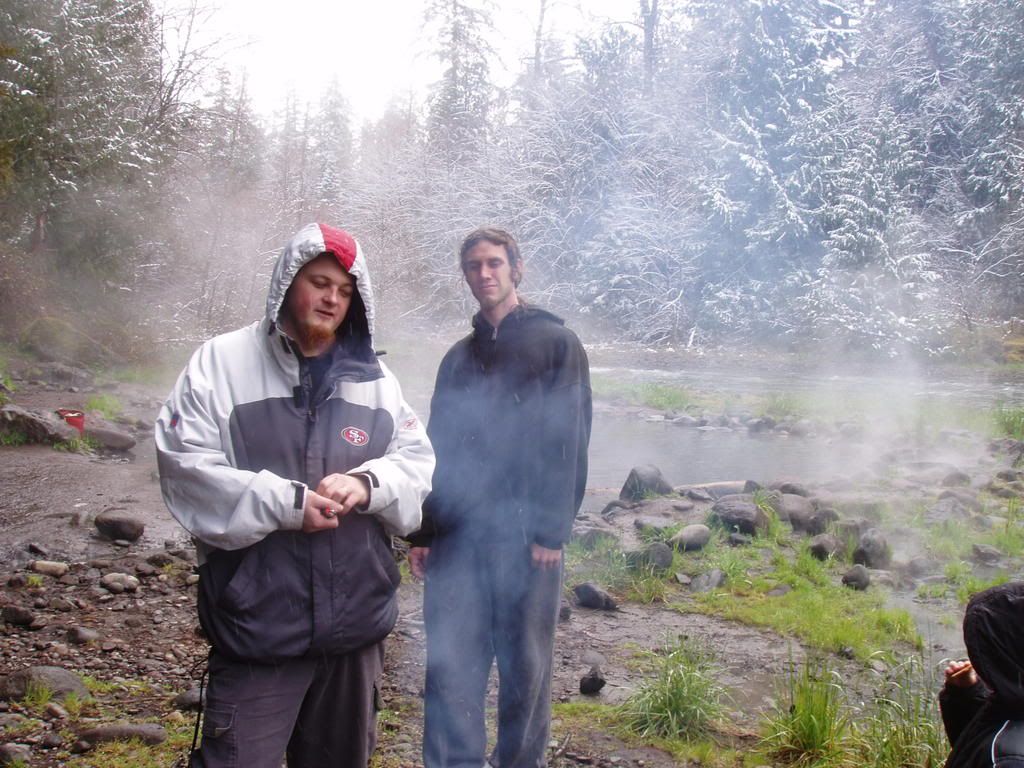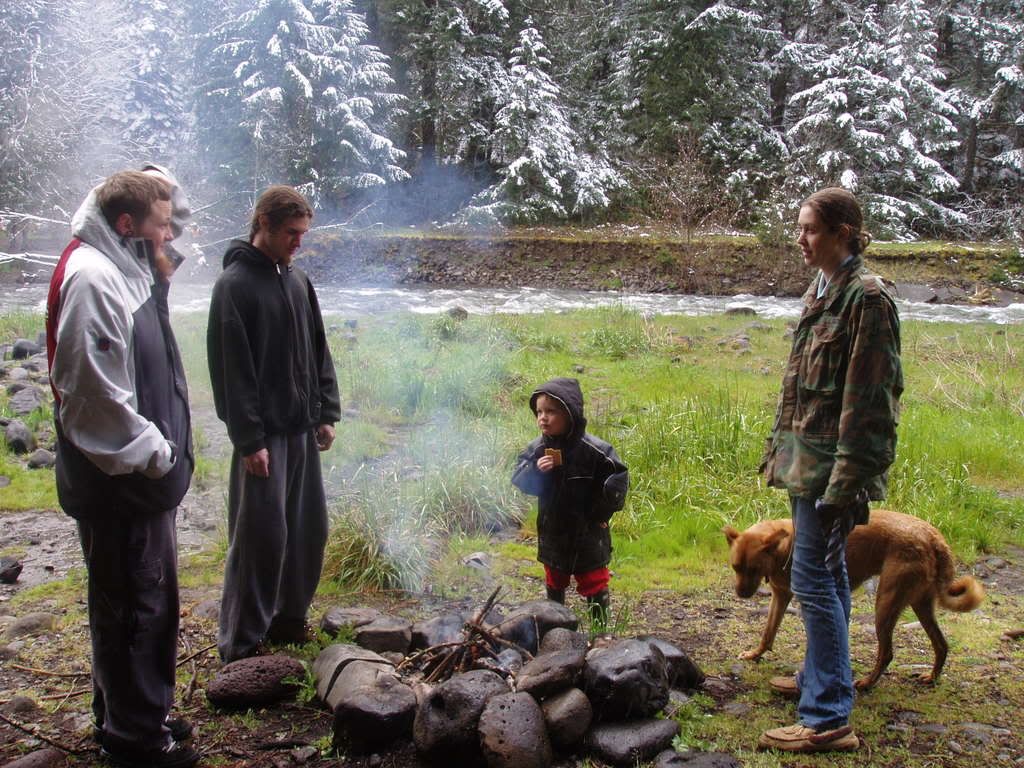--------------------------------------------------------------------------------
Special Weather Statement
--------------------------------------------------------------------------------
SPECIAL WEATHER STATEMENT
NATIONAL WEATHER SERVICE PORTLAND OR
1020 AM PDT WED MAY 14 2008
ORZ001>014-WAZ019>023-039-040-152200-
NORTH OREGON COAST-CENTRAL OREGON COAST-
COAST RANGE OF NORTHWEST OREGON-
CENTRAL COAST RANGE OF WESTERN OREGON-LOWER COLUMBIA-
GREATER PORTLAND METRO AREA-CENTRAL WILLAMETTE VALLEY-
SOUTH WILLAMETTE VALLEY-WESTERN COLUMBIA RIVER GORGE-
NORTHERN OREGON CASCADE FOOTHILLS-NORTHERN OREGON CASCADES-
CASCADE FOOTHILLS IN LANE COUNTY-CASCADES IN LANE COUNTY-
UPPER HOOD RIVER VALLEY-SOUTH WASHINGTON CASCADES-WILLAPA HILLS-
SOUTH WASHINGTON COAST-I-5 CORRIDOR IN COWLITZ COUNTY-
GREATER VANCOUVER AREA-SOUTH WASHINGTON CASCADE FOOTHILLS-
INCLUDING THE CITIES OF...ASTORIA...CANNON BEACH...TILLAMOOK...
LINCOLN CITY...NEWPORT...FLORENCE...VERNONIA...JEWELL...TRASK...
GRANDE RONDE...TIDEWATER...SWISSHOME...ST. HELENS...CLATSKANIE...
HILLSBORO...PORTLAND...OREGON CITY...GRESHAM...SALEM...
MCMINNVILLE...DALLAS...EUGENE...CORVALLIS...ALBANY...HOOD RIVER...
CASCADE LOCKS...MULTNOMAH FALLS...SANDY...
SILVER FALLS STATE PARK...SWEET HOME...GOVERNMENT CAMP...
DETROIT...SANTIAM PASS...VIDA...LOWELL...COTTAGE GROVE...
MCKENZIE BRIDGE...OAKRIDGE...WILLAMETTE PASS...PARKDALE...ODELL...
COLDWATER RIDGE VISITORS CENTER...MOUNT ST. HELENS...FRANCES...
RYDERWOOD...RAYMOND...LONG BEACH...CATHLAMET...LONGVIEW...KELSO...
CASTLE ROCK...STEVENSON...SKAMANIA...VANCOUVER...BATTLE GROUND...
WASHOUGAL...TOUTLE...ARIEL...COUGAR
1020 AM PDT WED MAY 14 2008
...UNSEASONABLY HOT WEATHER WILL BURST INTO SOUTHWEST WASHINGTON
AND NORTHWEST OREGON THURSDAY THROUGH MUCH OF THE WEEKEND...
AFTER A VERY PROLONGED PERIOD OF ABNORMALLY COOL SPRING WEATHER
...THE HOTTEST WEATHER OF THE YEAR...MORE LIKE MID SUMMER...WILL
BURST INTO SOUTHWEST WASHINGTON AND NORTHWEST OREGON THURSDAY...
THEN CONTINUE OVER THE REGION INTO THE WEEKEND.
THIS WILL BE THE HOTTEST WEATHER SINCE LAST SEPTEMBER.
TEMPERATURES INLAND THURSDAY WILL APPROACH 90...AND ON FRIDAY
APPROACH THE MID 90S. TEMPERATURES AT THE COAST COULD REACH INTO
THE 80S BOTH THURSDAY AND FRIDAY. RECORDS AT SEVERAL LOCATIONS
WILL LIKELY FALL...AND THESE ARE LISTED IN A PUBLIC INFORMATION
STATEMENT.
TEMPERATURES OVER THE WEEKEND WILL CONTINUE VERY WARM. A SHALLOW
MARINE LAYER MAY BEGIN FORMING ALONG THE COAST THIS WEEKEND THAT
WILL BRING SOME RELIEF THERE...BUT ANY SIGNIFICANT COOLING INLAND
WILL LIKELY BE SLOW TO TAKE HOLD...POSSIBLY HOLDING OFF UNTIL NEXT
MONDAY.
WITH SUCH A RAPID TRANSITION FROM TEMPERATURES NEAR 60 TO
TEMPERATURES NEAR OR ABOVE 90...BE SURE TO USE CAUTION IF OUT IN
THE HEAT THIS WEEK. DRINK PLENTY OF FLUIDS. WEAR LIGHT CLOTHING.
WEAR HATS AND USE SUNSCREEN TO PROTECT THE SKIN FROM THE SUNSHINE.
SEEK COOLER OR AIR CONDITIONED AREAS DURING THE HEAT OF THE DAY.
--------------------------------------------------------------------------------
SPECIAL WEATHER STATEMENT
NATIONAL WEATHER SERVICE SEATTLE WA
930 AM PDT WED MAY 14 2008
WAZ001-503>509-511>513-516>519-142330-
SAN JUAN COUNTY-WESTERN WHATCOM COUNTY-SOUTHWEST INTERIOR-
EAST PUGET SOUND LOWLANDS-WESTERN SKAGIT COUNTY-EVERETT AND VICINITY-
SEATTLE/BREMERTON AREA-TACOMA AREA-HOOD CANAL AREA-
LOWER CHEHALIS VALLEY AREA-OLYMPICS-NORTH COAST-CENTRAL COAST-
WEST SLOPES NORTHERN CASCADES AND PASSES-
WEST SLOPES CENTRAL CASCADES AND PASSES-
930 AM PDT WED MAY 14 2008
...UNSEASONABLY HOT WEATHER WILL AFFECT WESTERN WASHINGTON FROM
THURSDAY THROUGH SATURDAY...
AFTER A COOL AND CLOUDY SPRING IN WESTERN WASHINGTON...A DRAMATIC
SHIFT TO HOT AND SUNNY WEATHER WILL TAKE PLACE STARTING THURSDAY.
TEMPERATURES WILL BEGIN TO CLIMB ON THURSDAY...AS A STRONG UPPER
RIDGE BUILDS OVER THE REGION AND PROVIDES SUNNY SKIES. WEAK
NORTHERLY ONSHORE FLOW WILL KEEP TEMPERATURES FROM GETTING REALLY
HOT. STILL...HIGH TEMPERATURES ACROSS MUCH OF WESTERN WASHINGTON
WILL BE IN THE 70S AND LOWER 80S.
FRIDAY WILL BE THE HOTTEST DAY FOR MANY SPOTS IN WESTERN
WASHINGTON...AS THE STRONG RIDGE REMAINS OVER THE AREA AND THE
LOW LEVEL FLOW TURNS WEAKLY OFFSHORE. MOST AREAS WILL HAVE HIGH
TEMPERATURES IN THE 80S...WITH SOME SPOTS IN THE SOUTHWEST
INTERIOR AND THE EAST PUGET SOUND LOWLANDS EXCEEDING THE 90
DEGREE MARK. SOME RECORD HIGH TEMPERATURES WILL PROBABLY BE
BROKEN.
TEMPERATURES ALONG THE COAST WILL BE A BIT COOLER SATURDAY...AS
THE LOW LEVEL FLOW BEGINS TO TURN ONSHORE AGAIN. BUT HIGH
TEMPERATURES OVER THE INTERIOR LOWLANDS ON SATURDAY WILL BE
SIMILAR TO FRIDAY.
SUNDAY IS EXPECTED TO BE SOMEWHAT COOLER...AS THE UPPER RIDGE
BEGINS TO WEAKEN AND COOLER MARINE AIR SEEPS INLAND. A DEEPER
LAYER OF MARINE AIR WILL LIKELY PUSH INLAND SUNDAY NIGHT...MARKING
A RETURN TO MORE TYPICAL MAY WEATHER FOR EARLY NEXT WEEK.
SEVERAL RECORD HIGH TEMPERATURES WILL BE IN JEOPARDY FROM THURSDAY
THROUGH SATURDAY. THE FOLLOWING TABLE COMPARES THE OFFICIAL
NATIONAL WEATHER SERVICE FORECAST WITH RECORD HIGHS AT A FEW
LOCATIONS. ASTERICES INDICATE RECORDS THAT WOULD BE BROKEN OR TIED
BASED ON THE CURRENT FORECAST.
THURSDAY FRIDAY SATURDAY
LOCATION FCST RECORD FCST RECORD FCST RECORD
BELLINGHAM 71 79 77 78 79 81
SEA-TAC ARPT 77 85 86* 84 85* 85
OLYMPIA ARPT 81 85 87* 86 86 90
QUILLAYUTE 75 85 83 86 74 82
HOQUIAM 79 88 85 88 74 87
THOUGH IT IS NOT CURRENTLY FORECAST...IF SEA-TAC AIRPORT REACHES 90
DEGREES DURING THE UPCOMING HOT SPELL...IT WOULD BE THE EARLIEST
90-DEGREE DAY ON RECORD AT SEA-TAC. CURRENTLY...THE EARLIEST
OCCURRENCE OF 90-DEGREE WEATHER OCCURRED ON MAY 20 1963...WHEN THE
HIGH REACHED 92 DEGREES.
AFTER SUCH COOL WEATHER THIS SPRING...PEOPLE SHOULD REFRESH
THEMSELVES ON BASIC HOT WEATHER TIPS. WHEN THE WEATHER WARMS
UP...BE SURE TO DRINK PLENTY OF WATER...WEAR LIGHTWEIGHT AND LIGHT
COLORED CLOTHING...AND BE SURE TO PROTECT YOURSELF FROM SUNBURN BY
WEARING SUNSCREEN AND A HAT.
WHEN THE WEATHER HEATS UP...IT MAY BE TEMPTING TO JUMP INTO AREA
LAKES AND RIVERS...SOME OF WHICH WILL HAVE SLIGHTLY ELEVATED
LEVELS DUE TO SNOWMELT BROUGHT ON BY THE HOT WEATHER. KEEP IN MIND
THAT MOST LAKE WATER TEMPERATURES ARE STILL IN THE 40S AFTER THE
COOL SPRING WEATHER. RIVERS FED WITH SNOWMELT COULD EASILY HAVE
WATER TEMPERATURES IN THE 30S. DURING SPRING HEAT WAVES OF THIS
MAGNITUDE...IT CAN BE AN IRONIC TWIST OF FATE FOR PEOPLE TO
ESCAPE THE HEAT BY JUMPING INTO RIVER AND LAKES...ONLY TO SUFFER
OR EVEN DIE FROM THE HYPOTHERMIA BROUGHT ON BY THE FRIGID WATER
TEMPERATURES. DESPITE THE HOT WEATHER...PEOPLE SHOULD STILL USE
COLD WATER SAFETY PRACTICES BY WEARING A WETSUIT WHEN GOING INTO
SUCH COLD WATERS.
LASTLY...WITH PLENTY OF SNOW STILL LEFT IN THE MOUNTAINS...THE
RECENT RAIN AND THE UPCOMING HOT SPELL WILL PROVIDE SUBSTANTIALLY
HIGHER AVALANCHE DANGER. PLEASE REFER TO LATEST FORECASTS AND
STATEMENTS FROM THE NORTHWEST WEATHER AND AVALANCHE CENTER AT
WWW.NWAC.US.
--------------------------------------------------------------------------------
SPECIAL WEATHER STATEMENT
NATIONAL WEATHER SERVICE PENDLETON OR
453 AM PDT WED MAY 14 2008
ORZ041>044-049-050-501>506-WAZ024-026>030-501-502-150000-
EASTERN COLUMBIA RIVER GORGE OF OREGON-NORTH CENTRAL OREGON-
CENTRAL OREGON-LOWER COLUMBIA BASIN OF OREGON-GRANDE RONDE VALLEY-
WALLOWA COUNTY-FOOTHILLS OF THE BLUE MOUNTAINS OF OREGON-
NORTHERN BLUE MOUNTAINS OF OREGON-
SOUTHERN BLUE MOUNTAINS OF OREGON-
NORTHERN WHEELER AND SOUTHERN GILLIAM COUNTIES-JOHN DAY BASIN-
OCHOCO-JOHN DAY HIGHLANDS-
EASTERN COLUMBIA RIVER GORGE OF WASHINGTON-KITTITAS VALLEY-
YAKIMA VALLEY-LOWER COLUMBIA BASIN OF WASHINGTON-
FOOTHILLS OF THE BLUE MOUNTAINS OF WASHINGTON-
NORTHWEST BLUE MOUNTAINS-
EAST SLOPES OF THE CENTRAL CASCADES OF WASHINGTON-
EAST SLOPES OF THE SOUTHERN CASCADES OF WASHINGTON-
INCLUDING THE CITIES OF...THE DALLES...DUFUR...MADRAS...MAUPIN...
MORO...BEND...LA PINE...PRINEVILLE...REDMOND...ARLINGTON...
BOARDMAN...HERMISTON...LA GRANDE...ELGIN...UNION...ENTERPRISE...
JOSEPH...WALLOWA...HEPPNER...PENDLETON...MEACHAM...TOLLGATE...
UKIAH...CONDON...FOSSIL...SPRAY...JOHN DAY...MONUMENT...
DAYVILLE...LONG CREEK...MITCHELL...SENECA...WHITE SALMON...
ELLENSBURG...SUNNYSIDE...YAKIMA...CONNELL...PROSSER...
TRI-CITIES...DAYTON...WAITSBURG...WALLA WALLA...CLE ELUM...
EASTON...ROSLYN...NACHES...GOLDENDALE...APPLETON...TROUT LAKE...
BICKLETON
453 AM PDT WED MAY 14 2008
...UNSEASONABLE HOT TEMPERATURES EXPECTED FOR THE REGION STARTING
THURSDAY...
A RIDGE OF HIGH PRESSURE WILL BEGIN TO BUILD OVER THE PACIFIC
NORTHWEST TODAY AND FURTHER INTENSIFY OVER THE REGION THURSDAY
THROUGH SATURDAY AS THE CENTER OF THE HIGH MOVES OVER OREGON.
AFTERNOON TEMPERATURES WILL SOAR TO WELL ABOVE NORMAL WITH NEAR
RECORD HIGHS EXPECTED THURSDAY THROUGH SATURDAY.
THE HOT WEATHER WILL BE SHORT-LIVED AS A WEATHER SYSTEM IS
EXPECTED TO MOVE INTO THE NORTHWEST ON SUNDAY WITH COOLER
TEMPERATURES.
THE HOT WEATHER WILL ALSO INCREASE SNOW MELT RUNOFF WITH
SIGNIFICANT RISES EXPECTED ON AREA RIVERS THROUGH THE WEEKEND. THE
RIVERS MOST LIKELY TO BE AFFECTED ARE THE NACHES AND YAKIMA RIVERS
IN CENTRAL WASHINGTON AND THE GRANDE RONDE RIVER IN NORTHEAST
OREGON. THESE RIVERS ARE NOT EXPECTED TO REACH FLOOD STAGE...BUT
SHOULD SEE THEIR HIGHEST WATER LEVELS THUS FAR THIS SPRING.



